Study Takeaways
- From 2018 to 2023, the share of visits coded at higher complexity levels increased across all outpatient settings, including emergency departments (e.g., CPT 99284 increased from 32.5% to 39.6%), urgent care centers (e.g., CPT 99204 rose from 34.0% to 40.6%) and physician offices (e.g., CPT 99214 grew from 38.5% to 45.0%).
- All ICD-10-CM chapters saw an increase in high-acuity billing, with particularly large gains for eye and ear-related diagnoses in emergency departments, circulatory and hematologic conditions in urgent care and mental health diagnoses in primary care.
- Common diagnoses like rash, cough and nausea/vomiting saw some of the largest increases in emergency department high-acuity coding, raising questions about whether billing complexity is outpacing clinical severity.
Background
Evaluation and management (E/M) services in outpatient settings are billed using standardized CPT codes that range from Level 1 (least complex) to Level 5 (most complex). Across outpatient settings, these codes are designed to reflect time spent, medical decision-making complexity and the volume or intensity of services delivered. Physicians, hospitals and other healthcare providers may engage in upcoding by inflating the complexity or level of services billed to increase reimbursement. This billing practice can lead to overcharges to Medicare, Medicaid and commercial payers. A 2021 Department of Health and Human Services Office of Inspector General report found that hospitals are increasingly billing inpatient stays at the highest severity level, raising concerns about systematic upcoding.1 From 2014 to 2019, these high-severity stays grew by nearly 20%, representing almost half of all Medicare inpatient hospital spending.
One study analyzing five states found that between 2011 and 2019, increased upcoding in hospital billing resulted in an estimated $14.6B in additional payments in 2019 alone, including $4.6B from Medicare, $5.8B from commercial payers and $1.8B from Medicaid.2 This highlights how diagnosis-based payment systems can incentivize coding inflation.
While less is known about which clinical indications are more susceptible to upcoding and the extent to which this occurs across outpatient settings, upcoding is a well-established concern.
Analytic Approach
National all-payer claims data were used to examine emergency department, urgent care and primary care physician office E/M visit volume from 2018 to 2023. The proportion of emergency department visits was analyzed based on CPT codes 99281–99285, which reflect increasing levels of care acuity. Similarly, new patient E/M codes (99202–99205) were analyzed for urgent care visits and established patient E/M codes (99211–99215) were analyzed for primary care visits. Visits were segmented by care setting and by the ICD-10-CM chapter associated with the primary diagnosis code.
Findings
From 2018 to 2023, there was a steady shift toward higher-acuity procedure codes across care settings. More notably, the share of visits coded at 99284 grew from 32.5% to 39.6% (Figure 1). In the urgent care setting, use of higher-acuity codes such as 99204 increased from 34.0% to 40.6%, while lower-acuity codes like 99202 saw a decline from 9.5% to just 2.9%. The physician office setting also reflects this trend, with code 99214 rising from 38.5% to 45.0% of volume, while use of less intensive codes like 99212 declined.

Between 2018 and 2023, the share of emergency department visits billed with high-acuity codes (99284 and 99285) increased across all diagnosis chapters. The largest increases occurred in diseases of the eye and adnexa (from 28.1% to 46.7%) and ear and mastoid process (from 27.9% to 46.9%) (Figure 2). The smallest changes were observed in chapters that already account for the highest share of high-acuity coding – circulatory system diseases (85.1% to 87.9%) and endocrine, nutritional and metabolic diseases (82.3% to 86.4%).
📌 The graph below is interactive. Hover over the point(s) for more information.
From 2018 to 2023, the share of urgent care visits billed with high-acuity codes increased across all diagnosis chapters. The largest increases occurred in diseases of the blood and immune disorders (42.7% to 61.6%) and circulatory system diseases (40.5% to 59.4%) (Figure 3). The smallest changes were observed in diseases of the eye and adnexa (28.2% to 30.3%) and injury and poisoning (30.1% to 33.6%).
📌 The graph below is interactive. Hover over the point(s) for more information.
Between 2018 and 2023, the share of primary care office visits billed with high-acuity codes increased across all diagnosis chapters. The largest increases were seen in mental and behavioral disorders (45.7% to 58.2%) and circulatory system diseases (57.6% to 68.0%) (Figure 4). The smallest changes occurred in diseases of the ear and mastoid process (26.5% to 27.6%) and infectious diseases (24.5% to 27.0%).
📌 The graph below is interactive. Hover over the point(s) for more information.
From 2018 to 2023, several commonly treated diagnoses in the emergency department saw substantial increases in the share of visits billed with high-acuity codes. The largest percentage point changes were for rash and other nonspecific skin eruptions (19.7 percentage points), enlarged lymph nodes (15.9 percentage points) and hemorrhage not elsewhere classified (14.9 percentage points) (Figure 5). The smallest changes were observed for somnolence, stupor and coma (0.4 percentage points), other symptoms involving general sensations and perceptions (0.5 percentage points) and abnormalities of heartbeat (0.8 percentage points).
📌 The graph below is interactive. Hover over the point(s) for more information.
Conclusion
Clinical coding of ambulatory care has significantly changed over recent years in parallel with increased utilization of ambulatory care sites. Across emergency departments, urgent care centers and primary care offices, a consistent and measurable trend toward higher-acuity billing has emerged. The way in which this trend impacts nearly every diagnosis category suggests that it is not isolated to specific clinical areas but instead reflects a broader evolution in healthcare delivery and administration. Some of this increase may reflect real changes in patient acuity, driven in part by aging populations, higher rates of chronic illness and more complex presentations. However, the data also suggest that comparable conditions are being billed at increasingly higher levels over time. In many cases, this pattern may be driven less by patient needs and more by systemic incentives: documentation templates that encourage more detailed coding, revenue cycle strategies designed to optimize reimbursement and increased familiarity with the nuances of E/M billing guidelines.
For payers, this trend presents growing challenges in managing total cost of care. High-acuity codes command higher payments and contribute significantly to healthcare spending growth. In response, many insurers are implementing stricter claims review processes, deploying algorithms to identify questionable bills and introducing more prior authorization requirements. However, these practices add friction to the care delivery process and can exacerbate provider burnout. The financial consequences extend to patients, who increasingly bear more of the cost burden through deductibles and coinsurance. In the absence of clear explanations for why similar visits now generate higher charges, this can erode trust and reinforce the opacity of healthcare pricing.
As these dynamics play out, pressure is mounting to revisit the alignment between clinical complexity and billing levels. Stakeholders across the health economy must consider this question: Are current reimbursement models incentivizing better care, or simply more expensive care? Without meaningful changes, increasing coding intensity for ambulatory care is likely to continue, driven as much by documentation strategy as by clinical necessity. Whether through state or Federal payment reform or enhanced audit frameworks, health economy stakeholders should ensure that billing practices reflect the actual complexity of care, rather than merely the sophistication of revenue optimization.
- Cost of Care
- Healthcare Consumerism
- Healthcare Workforce
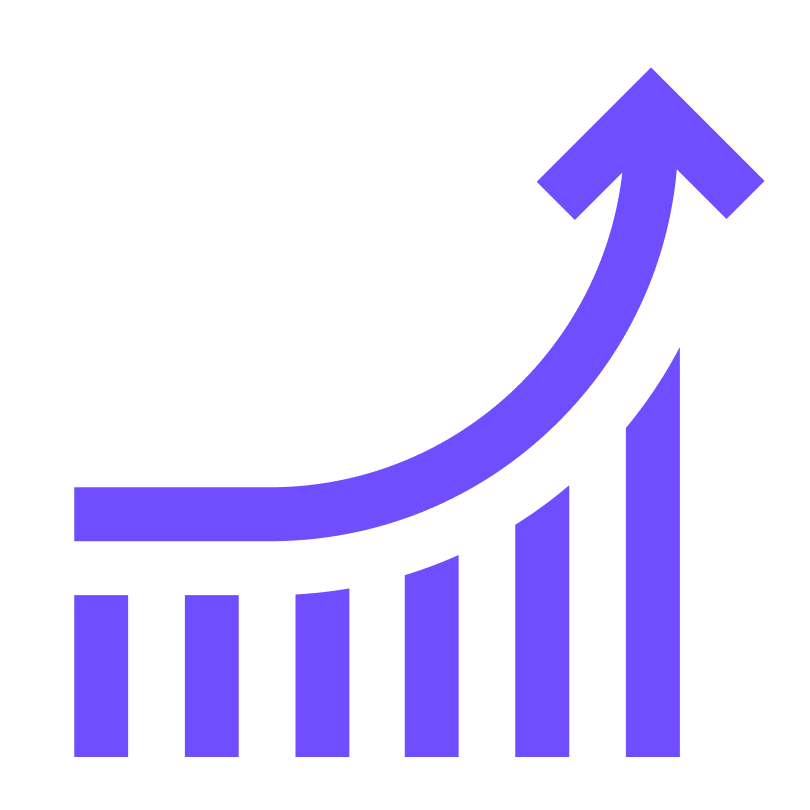



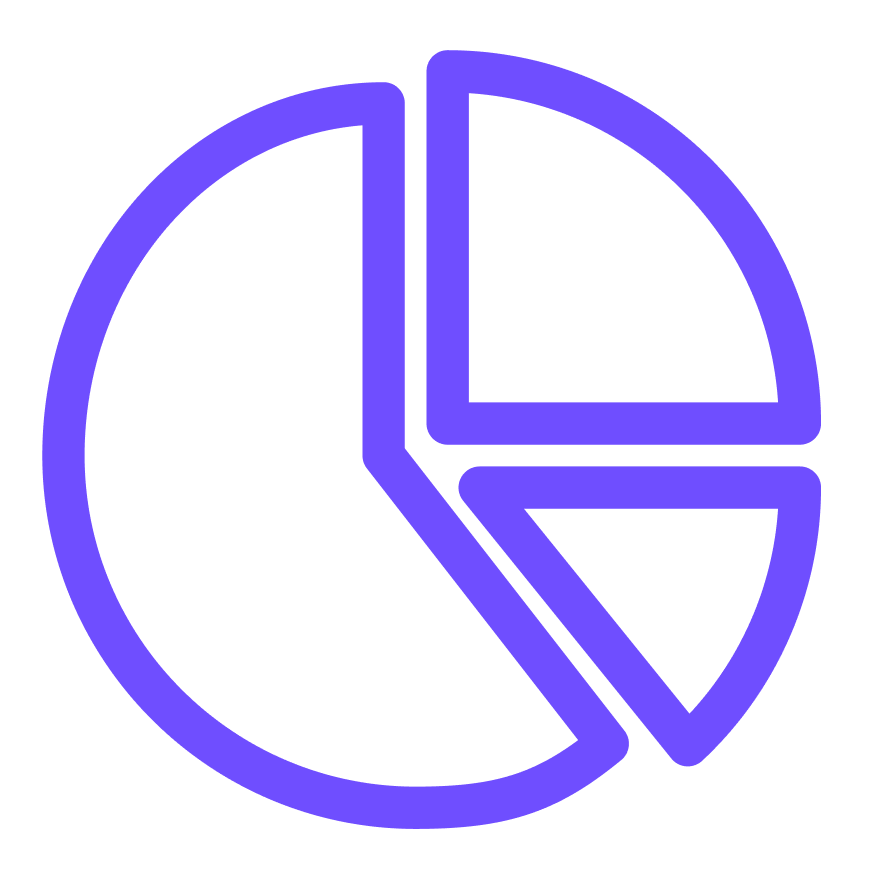

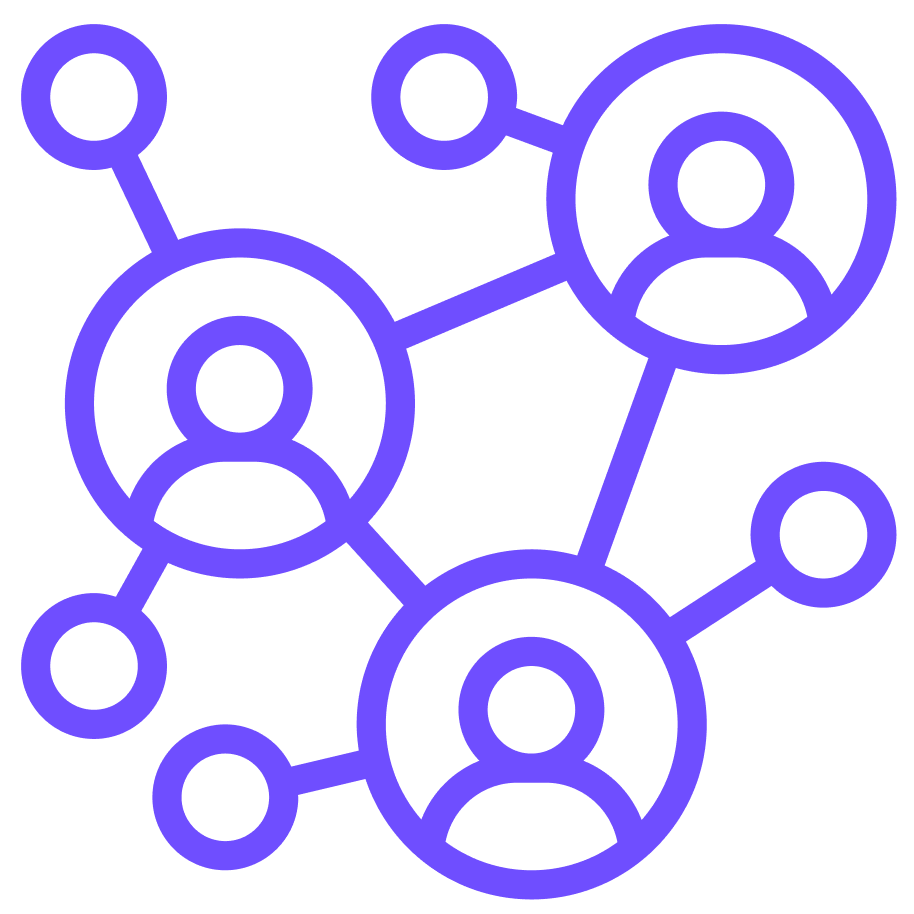
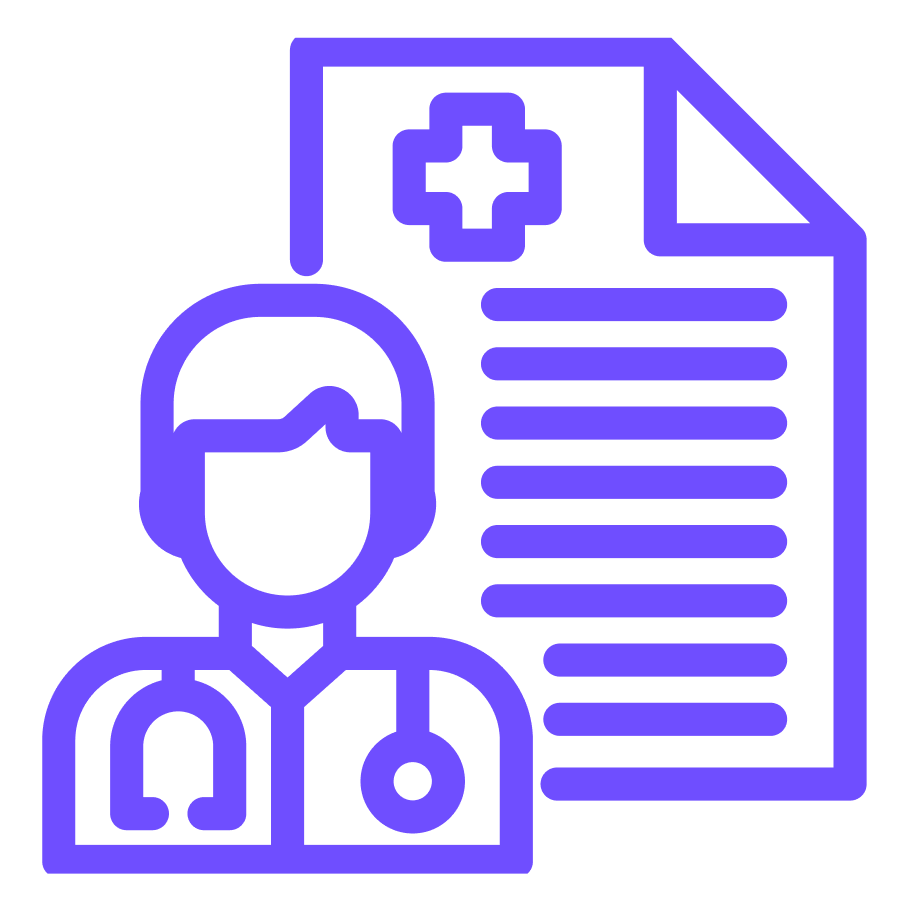
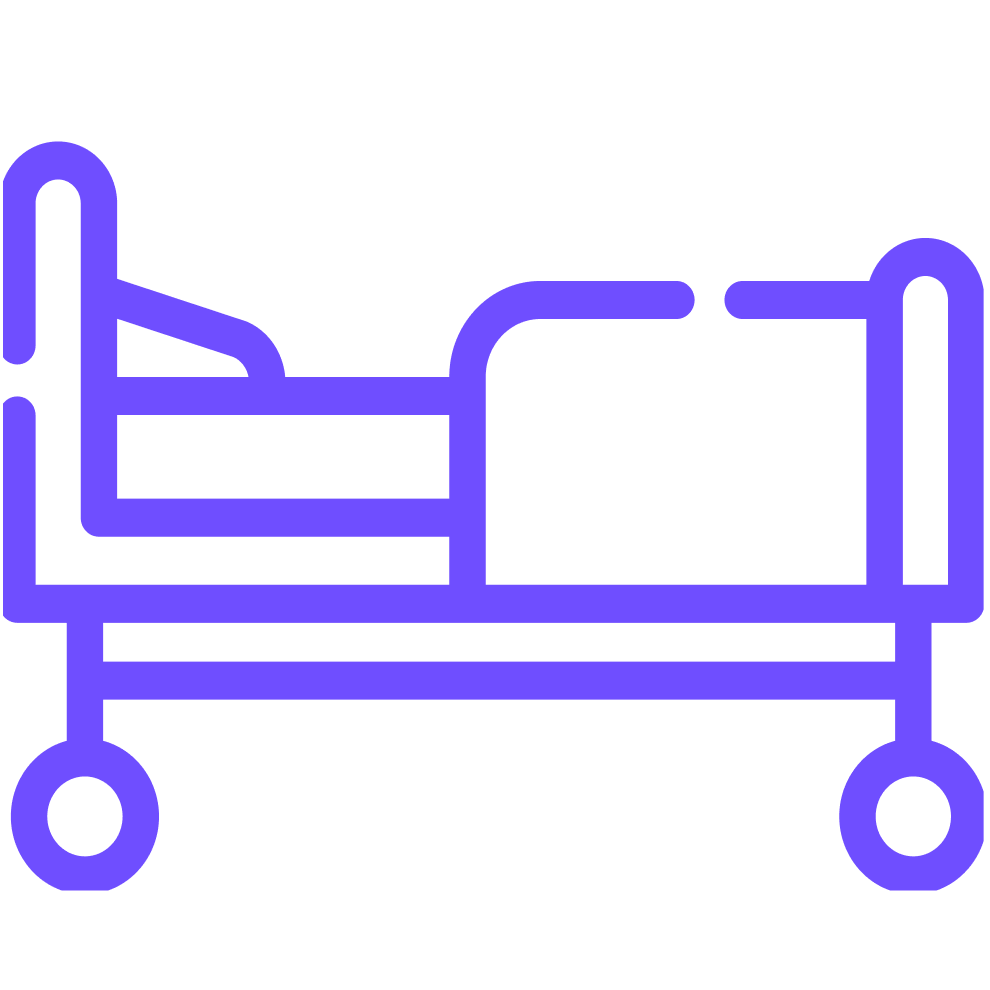
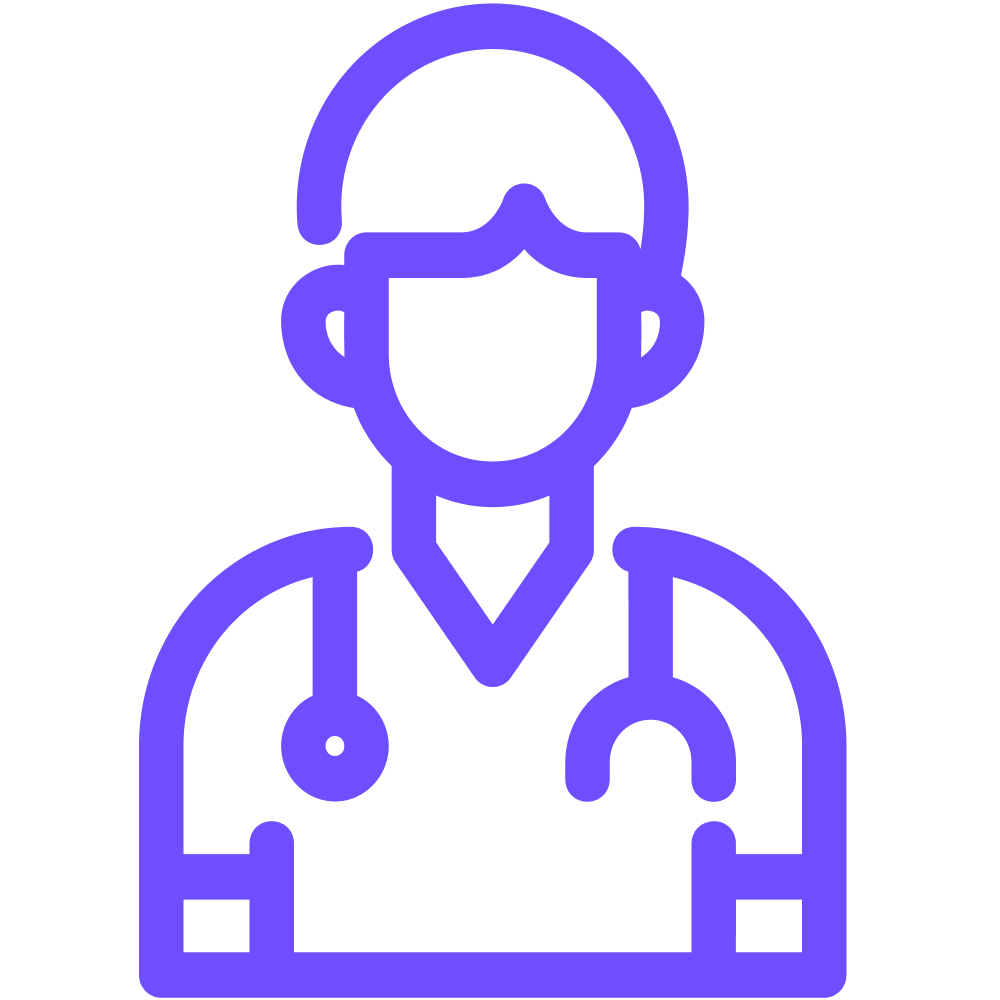

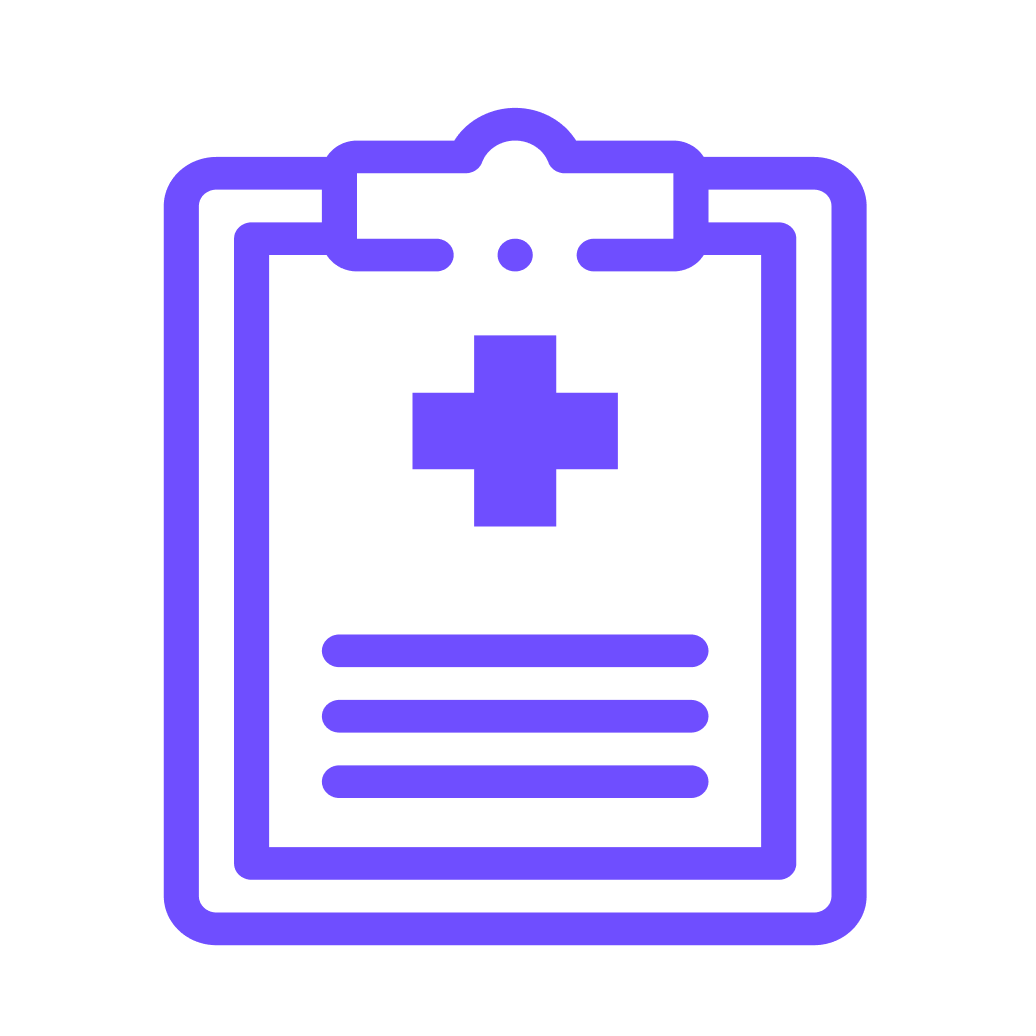
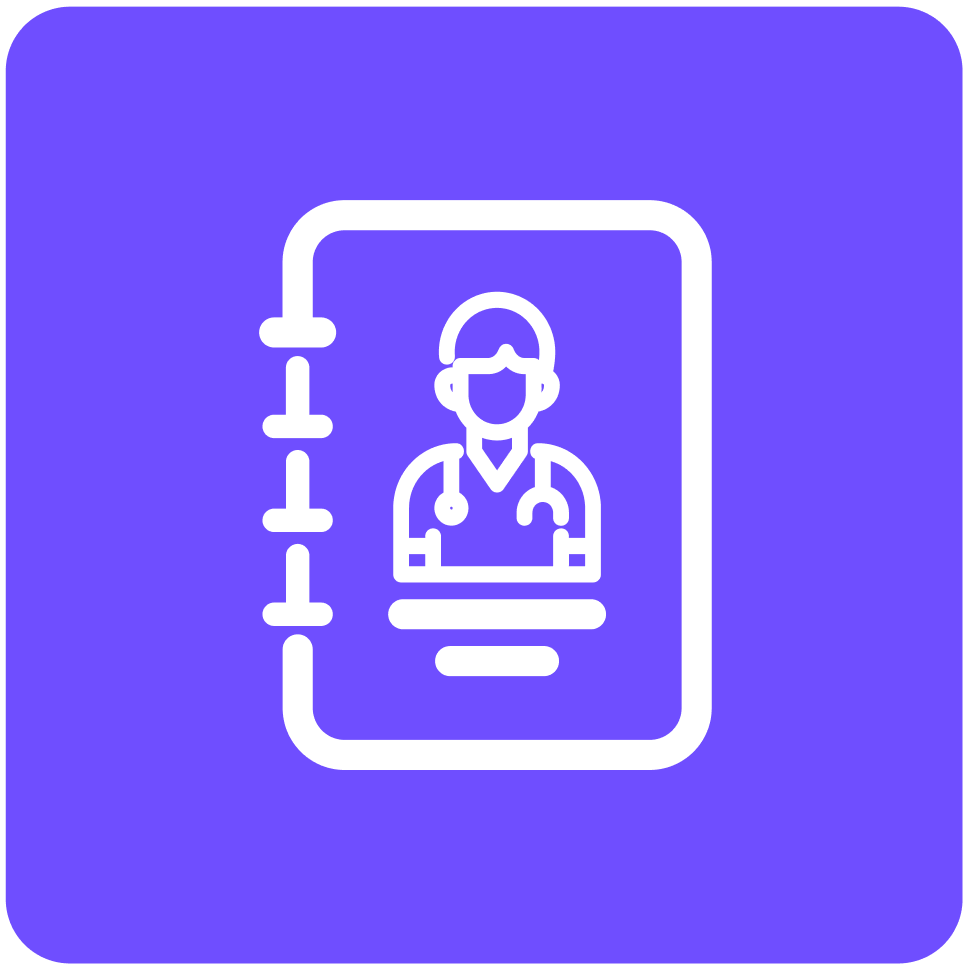
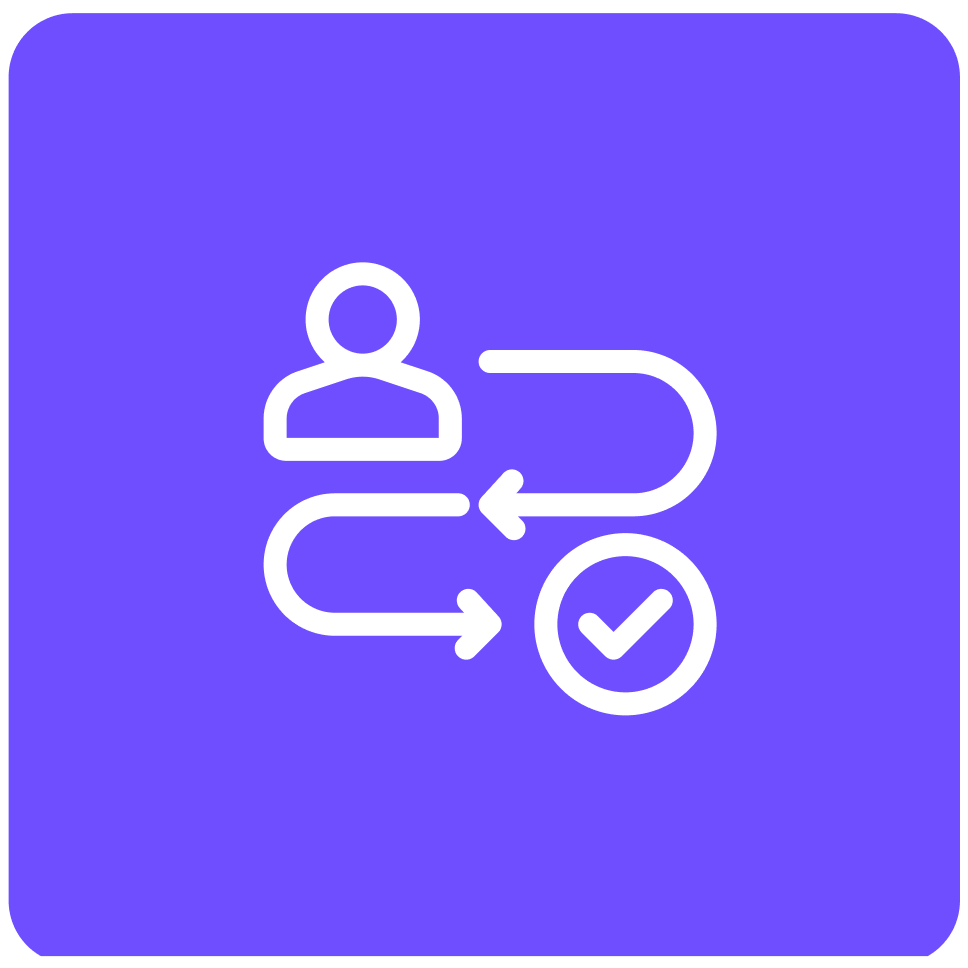
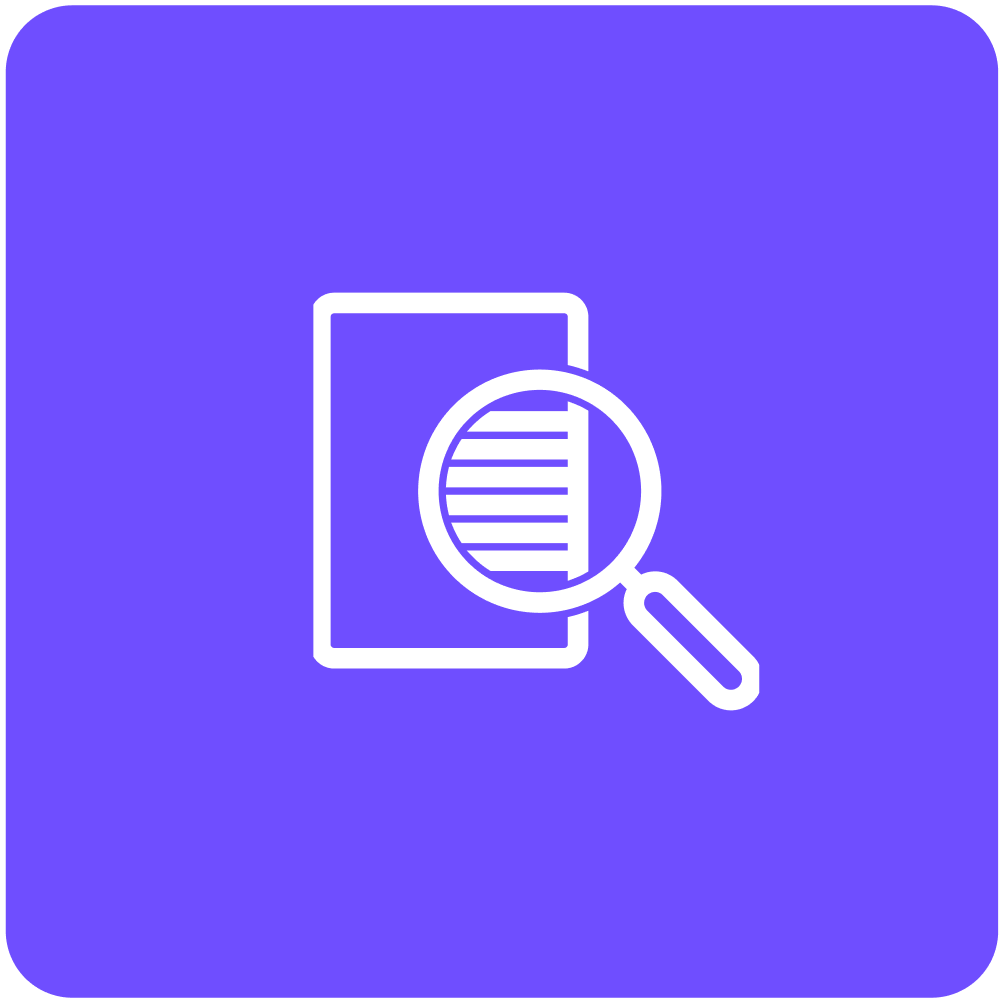


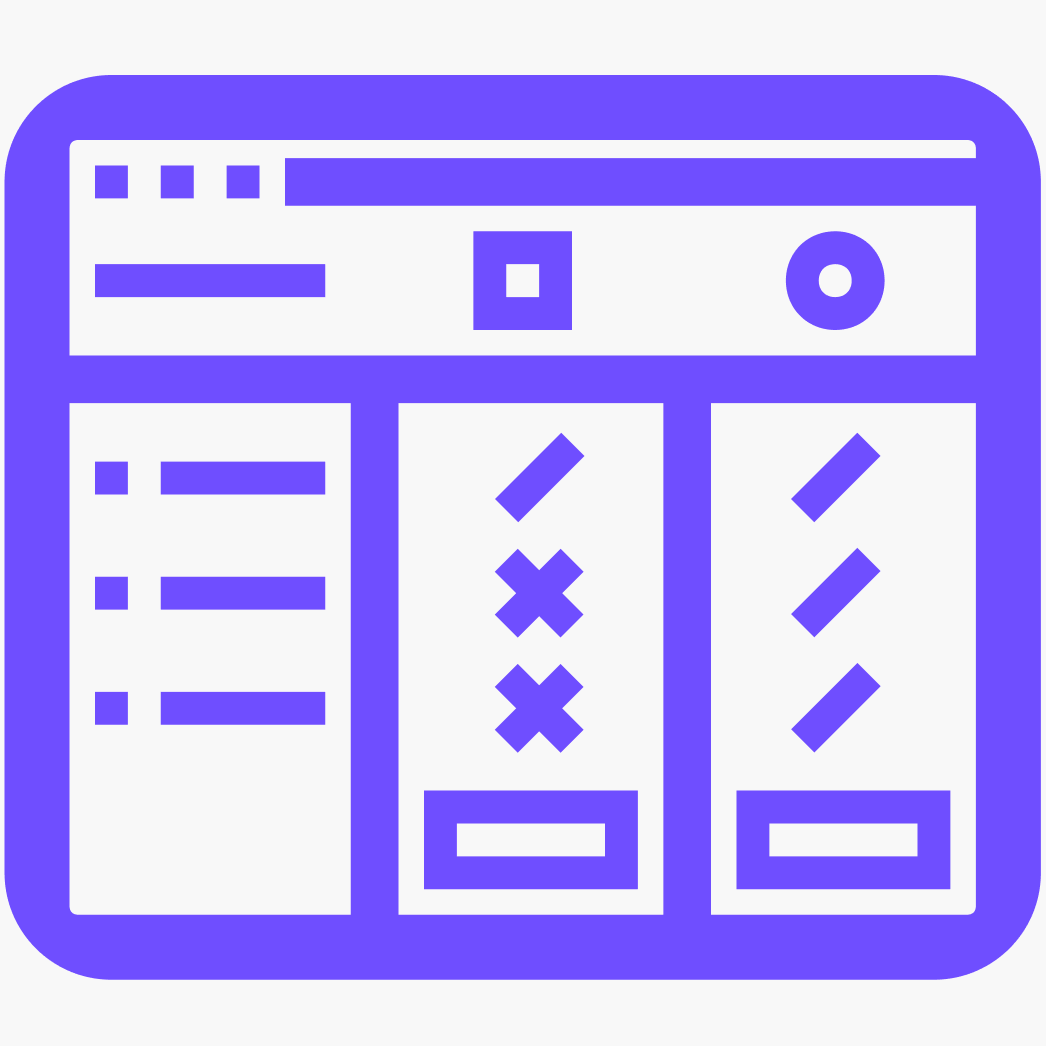
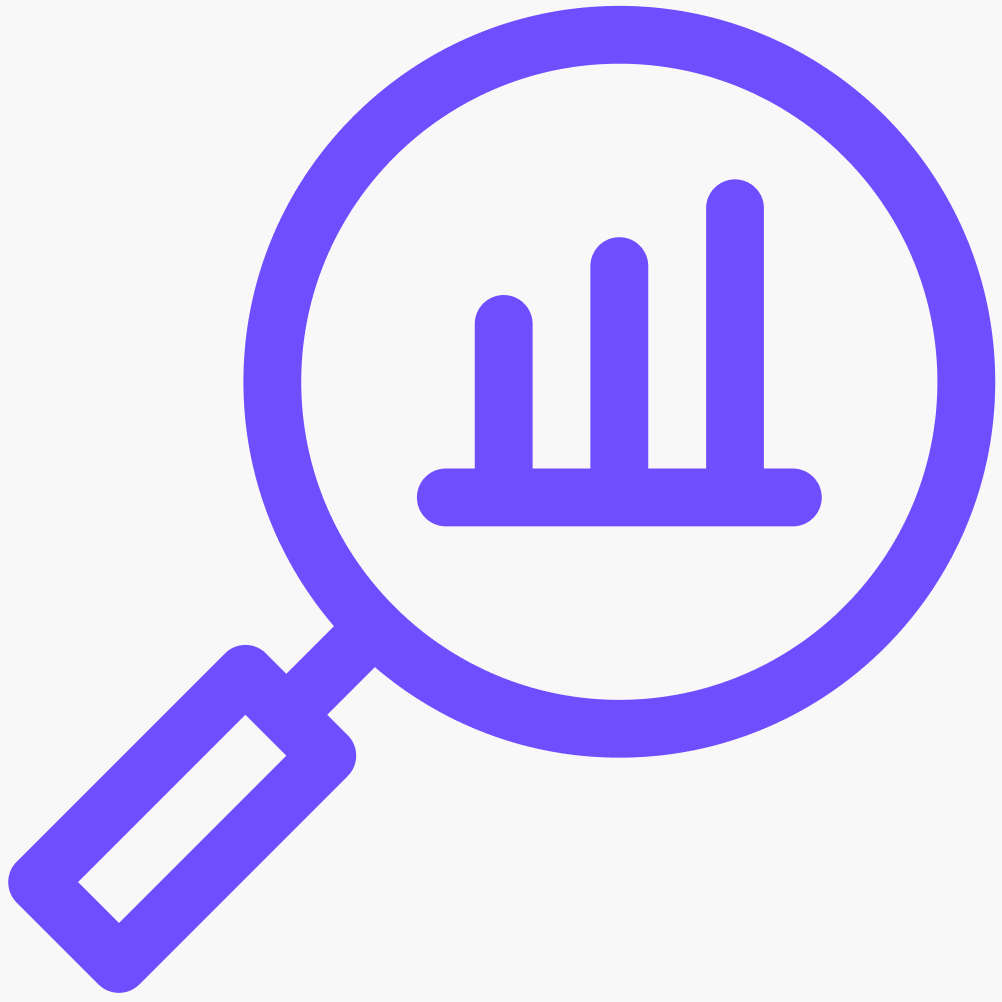
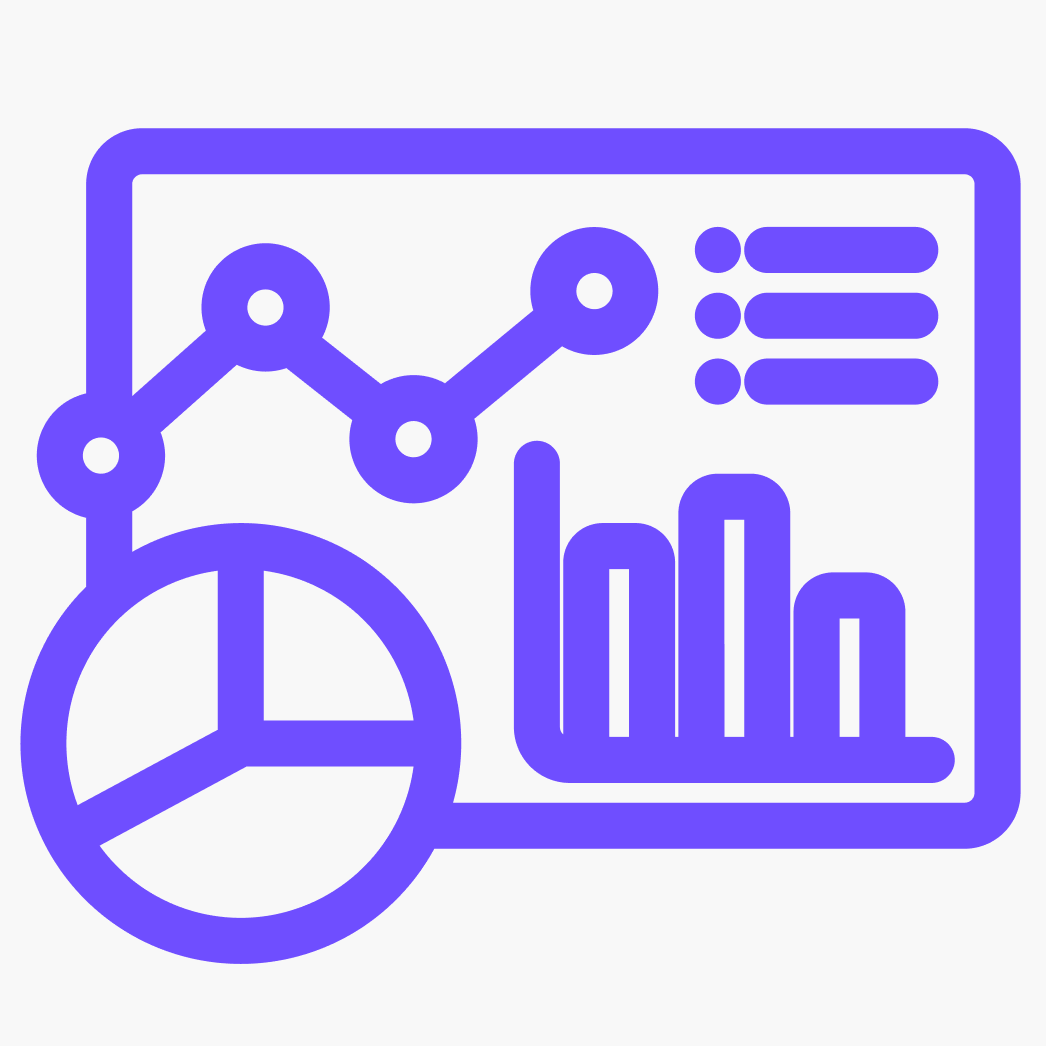
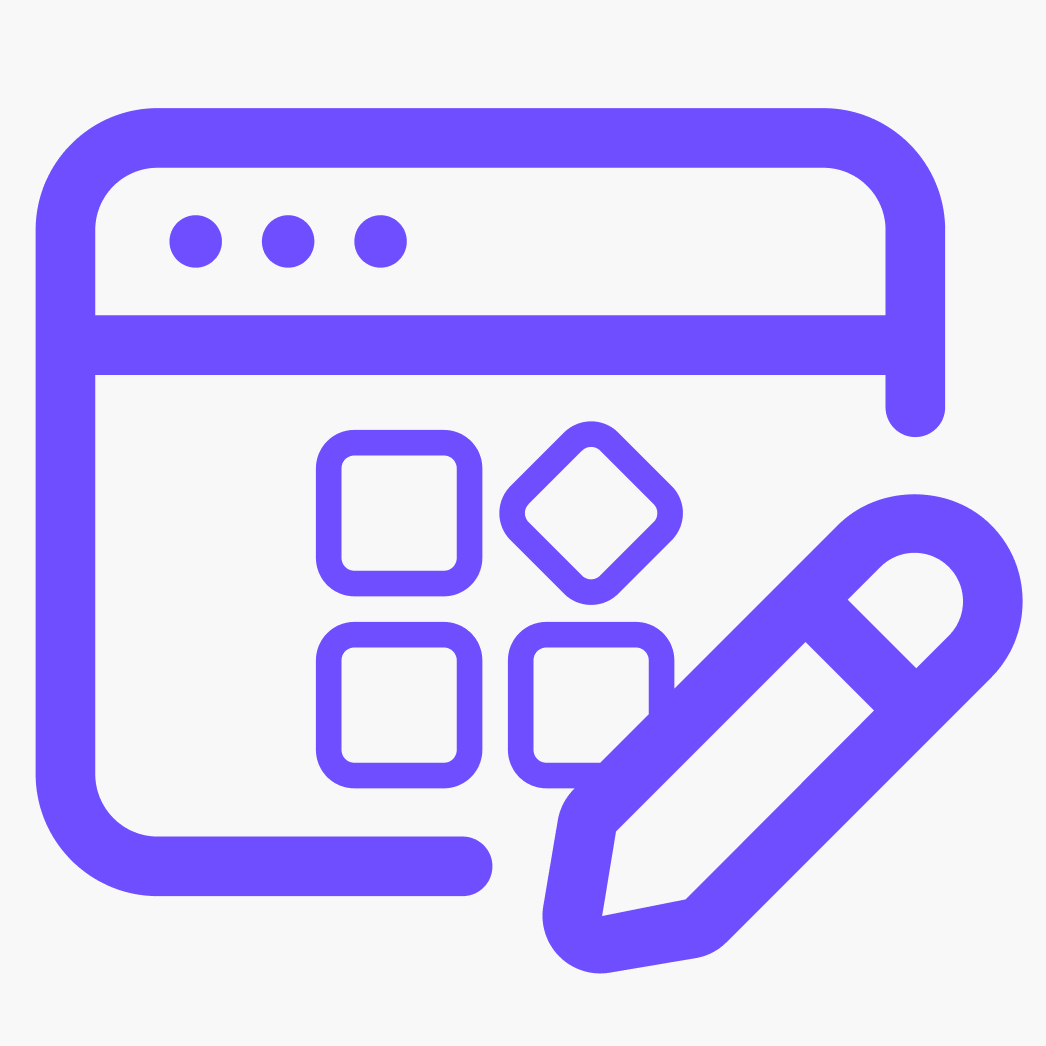

.png)
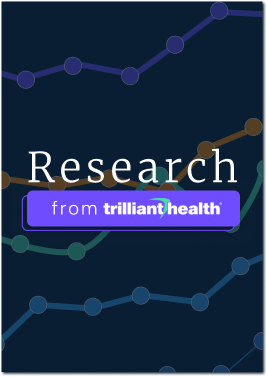
















.png?width=171&height=239&name=2025%20Trends%20Report%20Nav%20(1).png)



